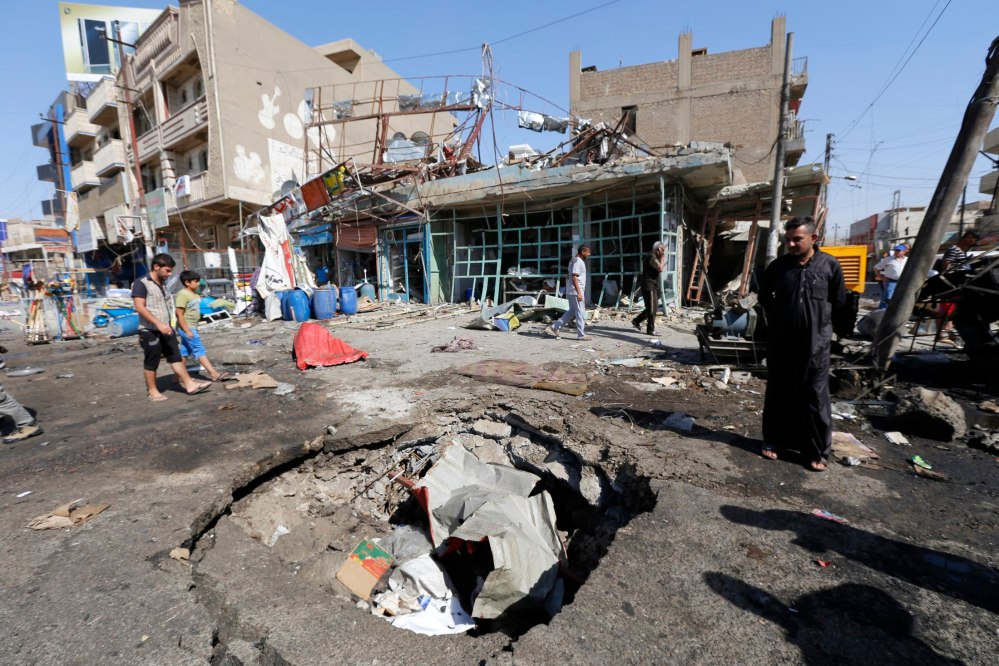The News in 219 Cities: This week’s cities: Dukhan, Oujda, and Baghdad!
I put together a list that included the 10 most populated cities of each country (though tiny Bahrain only had 9 cities.) Then I used a random number generator to pick three cities to write about.
By doing this I hope to gain a better picture of what the Arab world looks like. In the US all we see of the Middle East is explosions but that does not mean the entire Middle East is exploding. Unfortunately because my project is based in news articles, it will be hard to completely get away from writing about explosions. In either case, I will do my best to portray a snippet from the lands where our civilization was born.
Dukhan, Qatar
Population: 7,250 (7th most populated city in Qatar)

Beach party in Dukhan!
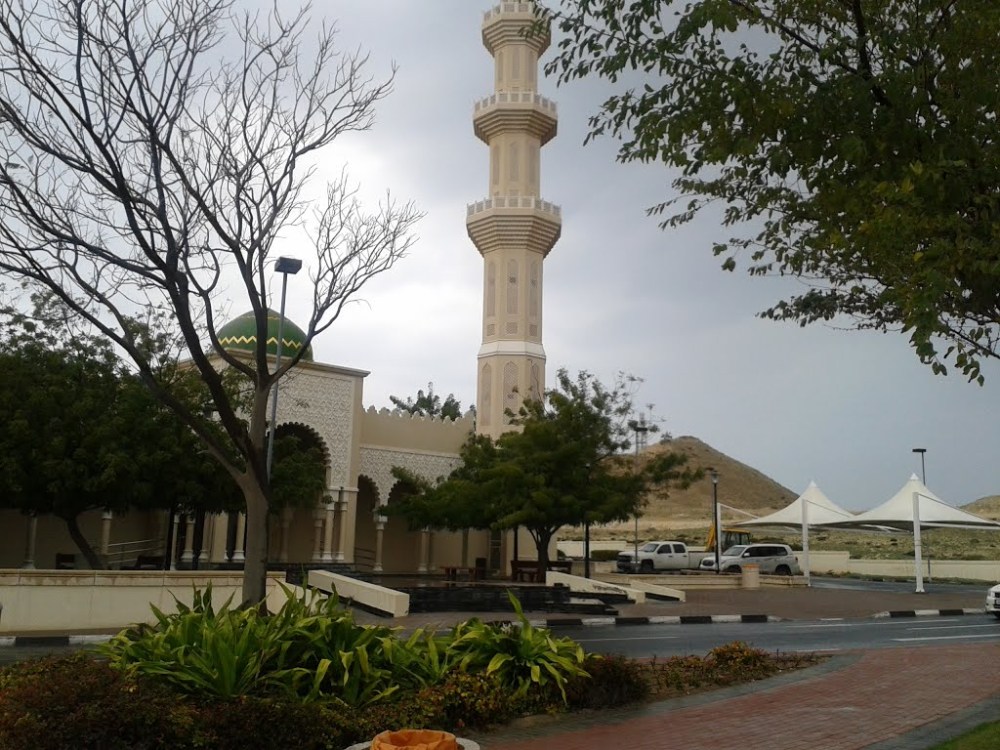
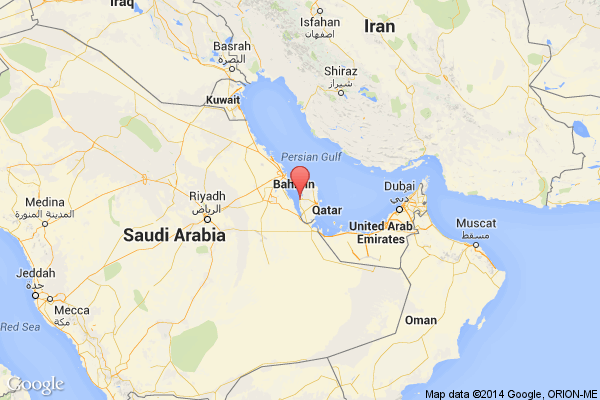

Description from Wikipedia:
Dukhan is an industrial city in western Qatar. It is approximately 60 kilometers west of the capital, Doha. Dukhan is administrated by Qatar’s state oil agency Qatar Petroleum and holds an important place in Qatar’s oil industry. Any person willing to visit or work in Dukhan requires a special permit from Qatar Petroleum in the form of a Dukhan entry gate pass. Dukhan beach is famous in Qatar for surfing and swimming and as a picnic spot. Looking ahead, the growth of Dukhan shows no signs of slowing.
September 18, 2014: British expat gives birth in a Cuban hospital in the desert of Qatar. (The Telegraph)
Victoria Scott recently gave birth in a Cuban hospital close to Dukhan. While it is common practice for Cuba to send their world-renowned doctors into disaster areas, Cuba has built and staffed a hospital in Qatar as well. This was good news for Mrs. Scott. Not only was the hospital staffed with doctors that had Western attitudes, (Scott’s husband could be with her in the hospital) but the cost of her c-section was 400 Qatari riyals ($67) instead of the over 30,000 Qatari riyals ($8,238.) In case you’re wondering, a c-section in the US costs about $25,000 – $50,000. As a bonus, Scott got to listen to Cuban music in her hospital room.
Edit Sept. 28, 2014: Another story about Qatar here.
—————–
Oujda, Morocco
Population: 450,000 (9th most populated city in Morocco)
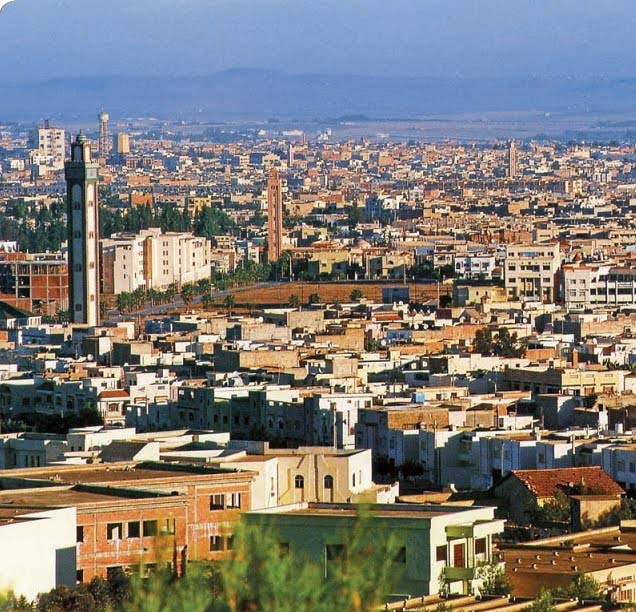
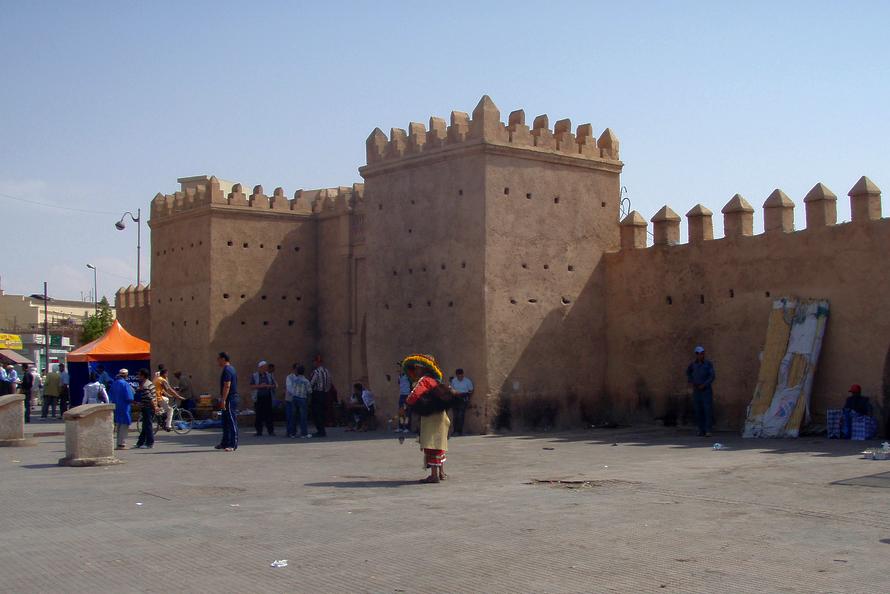
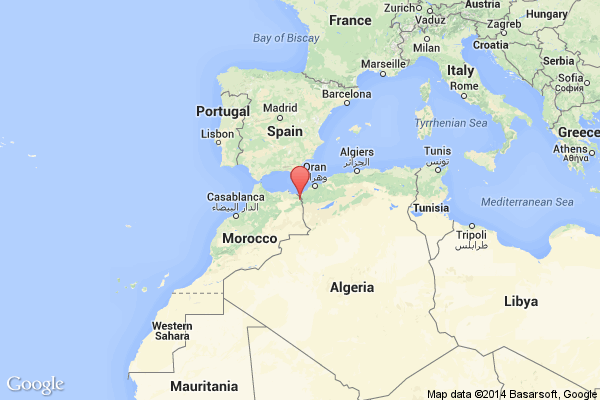
Description from Wikipedia:
When Morocco was occupied by the French, Oujda was used as a military base to control eastern Morocco. The city grew up along the roads that were built and owes much of its present form to the French. The main characteristic of the city is having the old city in the centre. The old city maintains traditional features of the Moroccan architecture with its narrow and twisted alleys which leads to the houses and different markets such as jewelry market and the leather market.
The Moroccan border with Algeria is just east of Oujda; on the other side of the border is the Algerian town of Maghnia. The state of the border crossing depends on relations between the two countries, which are often strained.
September 18, 2014: Oujda bans the olive tree. (Middle East Online)
Why would a city need to ban a tree? One word: allergies. According to Omar Hijra, a professional pharmacist, olive tree pollen is, “one of the main causes of seasonal respiratory allergies.” And in some areas around Oujda, 90% of the trees are olive trees.
The people of Oujda have until December 31, 2014 to remove their olive trees. Otherwise the government will charge a free to remove the trees themselves. However, according to the Middle East Online, the process could take up to five years because there are just way too many olive trees in Oujda.
——————-
Baghdad, Iraq
Population: 5,672,513 (The most populated city in Iraq, second most populated in the Arab world.)
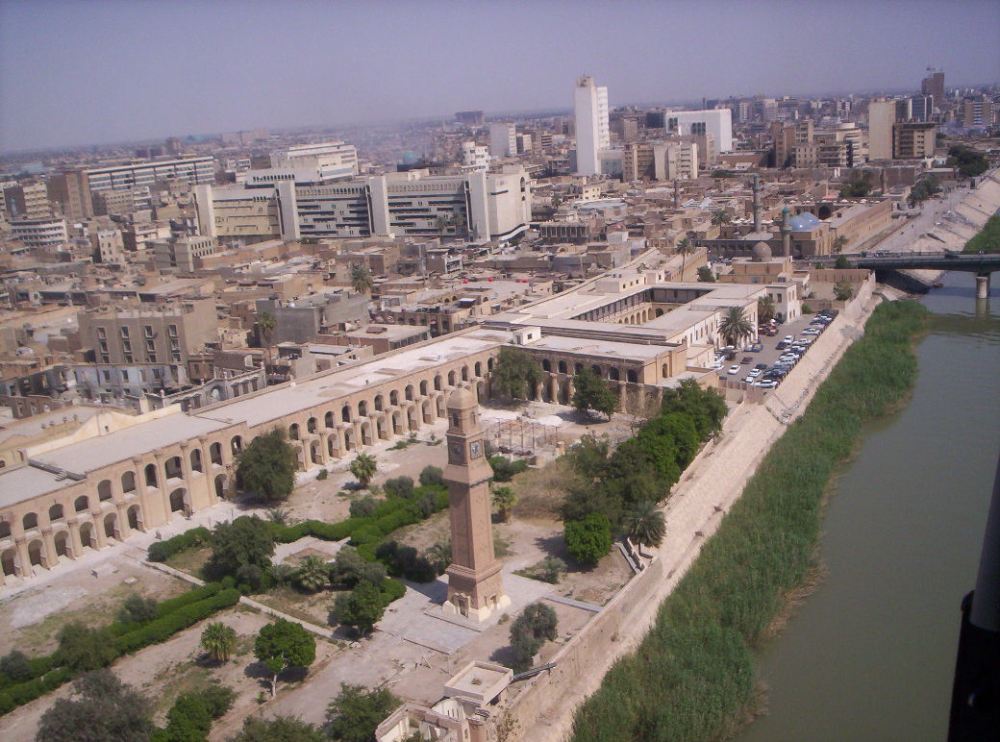

Description from myself and a little from Wikipedia:
Baghdad was once the most populated city in the world, and the first to reach a population of over a million people. After the Mongols invaded in 1258, Baghdad was never fully able to return to its former glory. After the 2003 invasion of Iraq, Baghdad’s infrastructure was savaged and continues to remain in a blurry zone between sectarian clashs and civil war. Bombs seem explode almost every day in Baghdad, an occurrence so common it almost never make the news. ISIS has brought a new misery upon Baghdad with a barrage of terrifying threats to its residents and powerful bomb attacks to back them up. ISIS stalks Baghdad like a tiger outside of a fence, constantly trying to break through. Today it is one of the least hospitable places in the world and ranked by Mercer as having the worst quality of life of all 221 major cities.
You probably have an idea of what’s happening in Baghdad right now so here’s something that’s not news: (IraqiBodyCount.org)
In my college days my most used resource was IraqiBodyCount.org. In short, it’s a website that counts how many Iraqi civilians have been killed that day and where they were killed. After around six months you can usually find a little more information on the incident. As far as I know, IraqiBodyCount.org is the only place to find this kind of data.
It is an important resource because it is simple, accessible, and care is put into the data to make it as accurate as possible. Because of this care IraqiBodyCount.org has been criticized for showing a lower mortality rate than there is in reality. For example, IraqiBodyCount.org puts the civilian death count at 130,000 – 145,000. I’ve seen estimates from other sources say it’s more like 500,000. However I don’t see the problem with IraqiBodyCount.org‘s numbers as long as you know that the site only shows the minimum amount of civilians that have been that day.
Besides being useful for college papers, this data is useful to anyone who wants to understand the Iraq War. For example NGOs and policy makers need this kind of data in order to know where to best place resources, and whether or not certain previous policies have worked or will work.
Here are a couple screen-caps from the site:
Edit Sept. 28, 2014: Another story about Baghdad here.
See you next time in a week or two!
